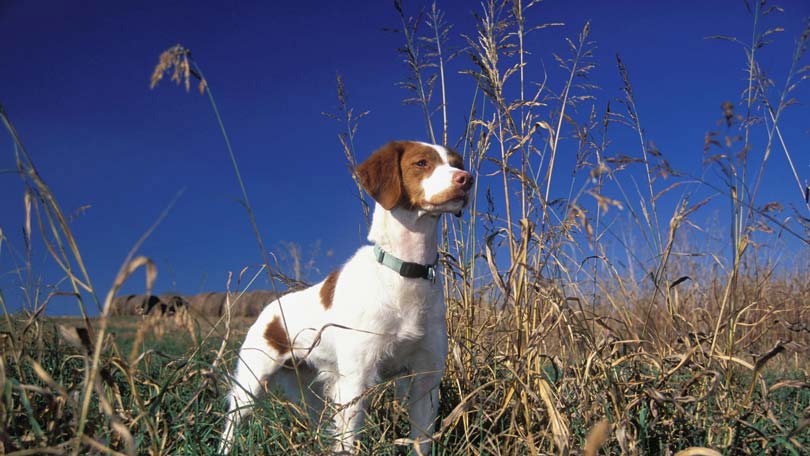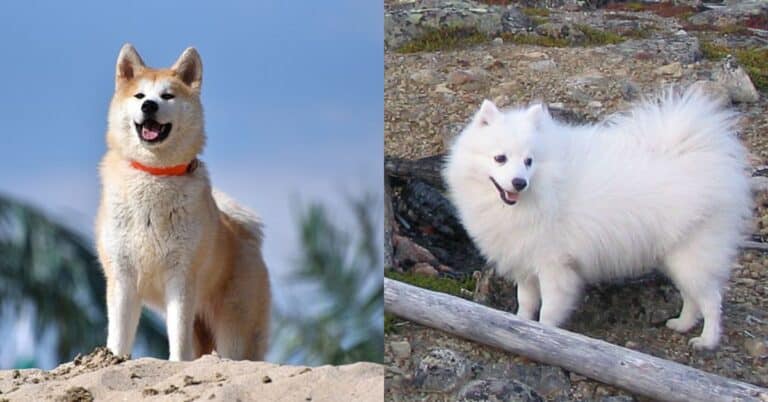Elbow Dysplasia in Dogs
Elbow dysplasia most commonly affects large, young dogs and is a frequent cause of front-leg lameness in these pets. Certain breeds are at the highest risk, including rottweilers, labradors and golden retrievers, German shepherds, St. Bernards, Newfoundlands, Bassett hounds, Bernese mountain dogs, chows, and bearded collies. The disorder can run in certain families, which indicates that genetics places a key role in determining which animals develop elbow dysplasia and which do not. Rapid growth, possibly fueled by an inappropriate diet may also play a role.
Several specific anatomical abnormalities may underlie a diagnosis of elbow dysplasia. If an animal has an ununited anconeal process (UAP), fragmented coronoid process (FCP), or an ununited medial epicondyle (UME), portions of bone within the joint have either broken off or failed to fuse normally during development. Osteochondritis dissicans (OCD) cause a flap of cartilage to lift up off the bone that it normally covers. If the three long bones that meet at the elbow, the humerus of the upper leg, and the radius and ulna that form the “forearm” or lower part of the leg grow at uneven rates, the joint will be misaligned and elbow incongruity is the result. In some cases, more than one of these problems may be evident in a single joint.
Whatever the specific cause, a dysplastic elbow joint does not move and glide as smoothly as does a well-formed one, resulting in pain and inflammation (i.e. arthritis). With time, the increased wear and tear causes the arthritis to worsen, making the dog even more uncomfortable as it ages.
Symptoms
Elbow dysplasia should be considered in all cases of front leg lameness, particularly in a large breed dog between the ages of four months and one year. Older animals may be diagnosed with dysplasia as their arthritis becomes more severe if their symptoms were mild or overlooked when they were young.
Limping or favoring an affected leg is the most common symptom of elbow dysplasia. Pain is frequently worse after a period of inactivity. For example, dogs may be especially “stiff” after sleeping but seem to “warm out” of the worst of their lameness. On the other hand, very strenuous exercise can often cause the symptoms to flare up. A few days or weeks of rest can improve the situation, but the lameness inevitably returns when the dog becomes active again.
If both of a dog’s elbows are dysplastic to a similar degree, the pet often does not favor one leg over the other or have a discernable limp. In these cases, owners may notice that their pets have a short stride and seem to shuffle rather than fully extending their front legs when they walk or trot. Dogs that have pain in both front legs may be reluctant to get up and move around much at all.
Diagnosis
Not every dog that is favoring a front leg has elbow dysplasia. To determine the source of a pet’s pain, a veterinarian will start with a history and general physical followed by an orthopedic exam. The dog will be asked to walk and trot so that its stride can be evaluated. The veterinarian will use his or her hands to feel for abnormalities in the bones and joints of the front legs; to flex, extend, and rotate the joints; and to try to pinpoint where in the leg the problem is located.
If elbow dysplasia is suspected, x-rays, which are also called radiographs, will be necessary. Owners should not be surprised if their dog must be sedated for high quality, diagnostic radiographs to be taken. In general, several different views of both front legs are necessary. In advanced cases of dysplasia, severe bony changes around the joint (i.e. osteoarthritis) may obscure the underlying cause of a dog’s lameness. If the physical examination and radiographs do not definitively diagnose elbow dysplasia but the veterinarian is still very suspicious that the condition is present, he or she may recommend advanced imaging (e.g. computed tomography or a CT/CAT scan. In difficult cases, a definitive diagnosis can only be reached by surgically exploring the joint.
Treatment and Prevention
The discomfort associated with early or mild cases of elbow dysplasia can usually be treated effectively with pain relieving and anti-inflammatory medications. Veterinarians will frequently prescribe a nonsteroidal anti-inflammatory (e.g. Rimadyl® or Deramaxx®) in combination with joint protectants such as glucosamine and chondroitin sulfate. Other supplements including omega-3 fatty acids and Vitamin E or alternative medicine techniques such as acupuncture may also be helpful. If an affected animal is still growing, it should be fed a diet that promotes slow and steady rather than rapid growth. Oftentimes veterinarians will recommend switching to a large-breed puppy or adult formula that contains lower concentrations of calories, calcium, and protein than do some other types of puppy food. Overweight dogs must trim down to reduce the load that the abnormal joint is forced to bear. Maintaining a moderate level of exercise is very important to help keep the muscles and other tissues that support the elbow strong. Swimming is ideal, but a long, slow walk can also provide many benefits for a dog with elbow dysplasia as long as the activity doesn’t cause the pet’s pain to worsen.
Surgery is the treatment of choice for more severe cases of elbow dysplasia, particularly in young animals that have not yet developed a significant amount of arthritis. Veterinary surgeons use different surgical techniques to deal with the specific underlying causes of elbow dysplasia, but in general, pieces of bone or cartilage that are not attached normally within the joint are either removed or affixed back into their normal position. Surgery that helps to realign the elbow may also be considered. In many cases, these procedures can be performed with an arthroscope, which results in smaller incisions, faster healing, and less post-operative pain. If an animal has severe arthritis and/or medications and other treatments cannot keep it comfortable, elbow replacement surgery may be an option.
To decrease the incidence of elbow dysplasia in at risk breeds, the Orthopedic Foundation of America (OFA) can evaluate radiographs of a potential breeding dog’s elbows once the animal has turned two years old. The likelihood of a puppy developing elbow dysplasia is reduced, but not eliminated, if both of its parents have had their elbows assessed and found to be free of evidence of the disease.
Prognosis
Unfortunately, even with early, aggressive, and appropriate treatment, almost every dog with elbow dysplasia will develop a degree of arthritis. With luck, discomfort may be mild and easily treated with anti-inflammatories and pain relief. If major dysplastic changes are present or if surgery was delayed, more severe arthritis is likely, which can cause a dog to limp for the rest of its life.
Article By:
Jennifer Coates, DVM graduated with honors from the Virginia-Maryland Regional College of Veterinary Medicine in 1999. In the years since, she has practiced veterinary medicine in Virginia, Wyoming, and Colorado and is the author of several short stories and books, including the Dictionary of Veterinary Terms, Vet-Speak Deciphered for the Non-Veterinarian. Dr. Coates lives in Fort Collins, Colorado with her husband, daughter, and a menagerie of pets.

Having discovered a fondness for insects while pursuing her degree in Biology, Randi Jones was quite bugged to know that people usually dismissed these little creatures as “creepy-crawlies”.







